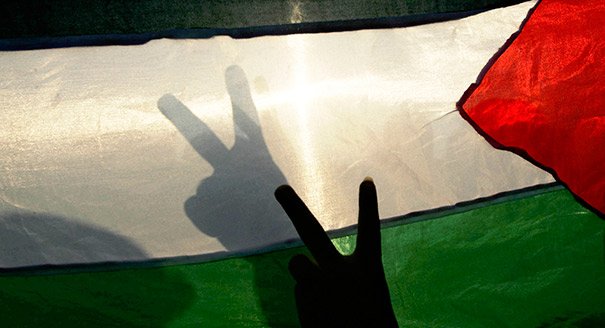Palestine has witnessed significant political and social developments, shaped by a history of resistance, conflict, and aspirations for statehood. The First Intifada, starting in late 1987, marked a grassroots uprising against Israeli occupation, characterized by civil disobedience and mass protests.
This uprising shifted international attention to Palestinian grievances and aspirations for self-determination, leading to diplomatic efforts towards peace negotiations. The Oslo Accords of the 1990s represented a historic breakthrough, aiming to establish a framework for Palestinian self-governance and eventual statehood.
However, subsequent peace initiatives faced challenges, including continued Israeli settlement expansion in the West Bank and Gaza Strip, and outbreaks of violence such as the Second Intifada, which erupted in 2000.
The Second Intifada was a period of intensified conflict, marked by suicide bombings, Israeli military operations, and widespread Palestinian protests. It strained efforts for peace and deepened mistrust between Israeli and Palestinian leaders.
In 2005, Israel’s unilateral withdrawal from Gaza aimed to shift focus towards peace negotiations and Palestinian governance. However, Hamas’ subsequent takeover of Gaza in 2007 led to political divisions between Hamas in Gaza and Fatah in the West Bank, complicating efforts towards national unity and peace.
Efforts to revive peace talks, such as the Annapolis Conference in 2007 and subsequent negotiations, aimed to address final status issues including borders, settlements, refugees, and the status of Jerusalem. Despite intermittent agreements and ceasefires, a lasting resolution to the Israeli-Palestinian conflict remains elusive.
Political developments within Palestine include efforts to reconcile political factions, enhance governance, and prepare for eventual statehood. However, internal divisions and external pressures continue to hinder progress towards unity and effective governance.
Socially, Palestinians face challenges including economic hardship, high unemployment rates, and restricted movement due to Israeli checkpoints and barriers. These factors contribute to a sense of frustration and uncertainty among Palestinian youth and society at large.
Looking forward, achieving lasting peace and stability in Palestine requires addressing core issues through inclusive dialogue, respect for international law, and mutual recognition. Sustainable development and investment in Palestinian infrastructure and institutions are crucial for building a viable and prosperous Palestinian state.
In conclusion, the political and social landscape in Palestine has been shaped by a complex interplay of historical events, resistance movements, and diplomatic initiatives. While challenges persist, ongoing efforts towards reconciliation and statehood underscore Palestinian aspirations for a peaceful and prosperous future.

